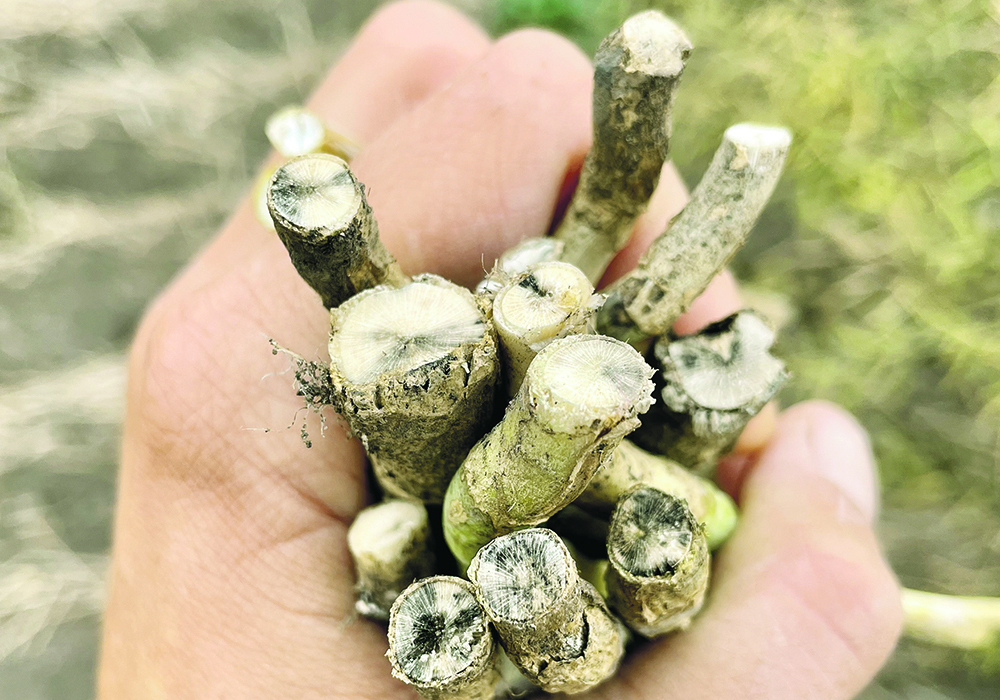A province-wide disease testing program for blackleg and clubroot is available for Saskatchewan canola growers.
SaskCanola and the provincial ministry of agriculture are offering the free testing program now through the fall.
Kaeley Kindrachuk, SaskCanola’s agronomy extension specialist, said they want producers to monitor and test for both diseases to better manage them.
“For clubroot, the best time to start managing the disease is when the spore levels are low and so the best way to know that is to detect the pathogen within the soil,” she said.
Read Also

Farmers asked to keep an eye out for space junk
Farmers and landowners east of Saskatoon are asked to watch for possible debris in their fields after the re-entry of a satellite in late September.
Minimizing soil disturbance is a key control measure for the invasive soil disease and Kindrachuk said recent photos on social media showing people taking selfies in blooming canola fields is a concern.
Aside from trespassing, there is the possibility of spreading clubroot if these people subsequently enter other canola fields.
“We want to keep spores low and local,” she said. “One of the ways we would do that is to practise biosecurity and minimize soil movement.”
She said other control includes using resistant varieties, a two-year break between canola crops on that field, regular scouting and controlling brassica weeds.
Those recommendations also apply to blackleg.
The free blackleg program is available to the first 200 registered canola growers who apply. It was first offered last year with little uptake.
Kindrachuk said that’s likely because of the drought and because it was the first year; she expects more uptake this year.
“In the last 12 years or so we’ve noticed an increase in blackleg levels across the province, so we can tell the resistance is breaking down,” she said.
Testing the stems by sending them to the lab to identify which blackleg race is present helps producers choose varieties resistant to that race for future seeding, said Kindrachuk.
Producers should reach out to SaskCanola to obtain a code that signifies the free test when they submit stems around harvest time.
She added that more information always helps producers manage better.
Producers and agronomists can obtain the soil testing bags for clubroot from SaskCanola, their ministry regional office or a Saskatchewan Association of Rural Municipalities plant health officer.
The best time to test is in the fall when the galls on a plant’s roots are decomposing and releasing spores into the soil.


















